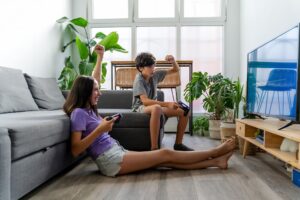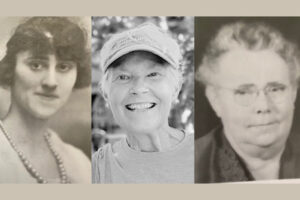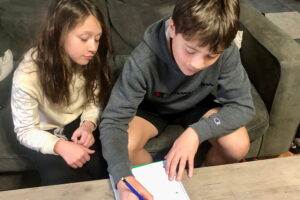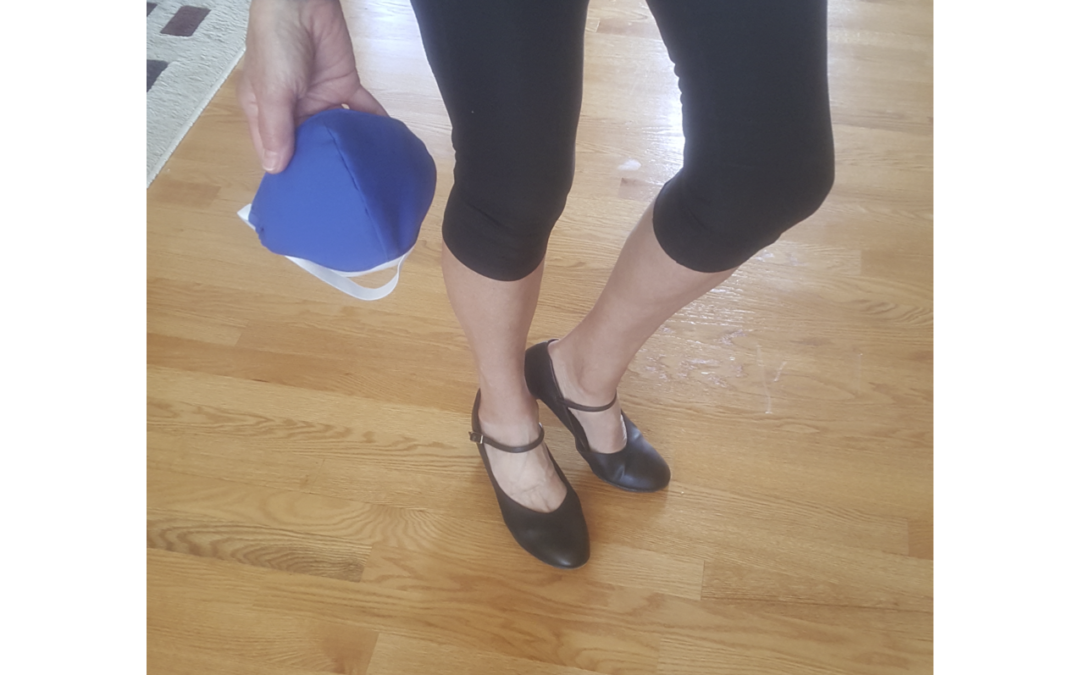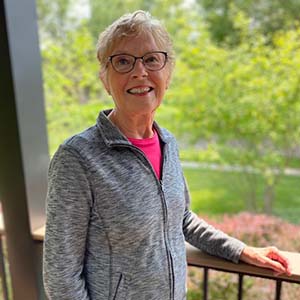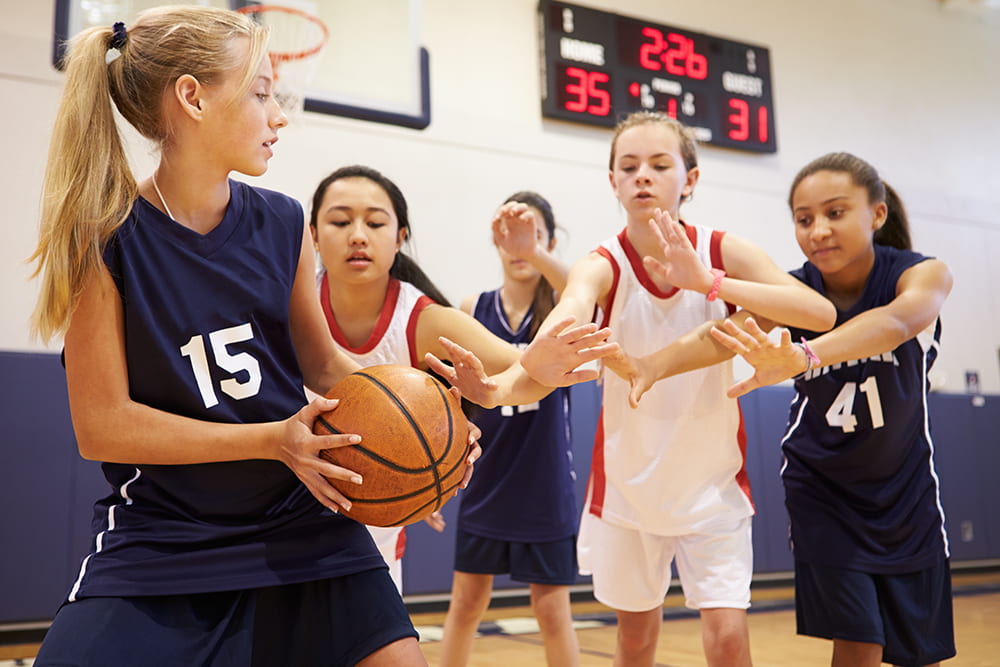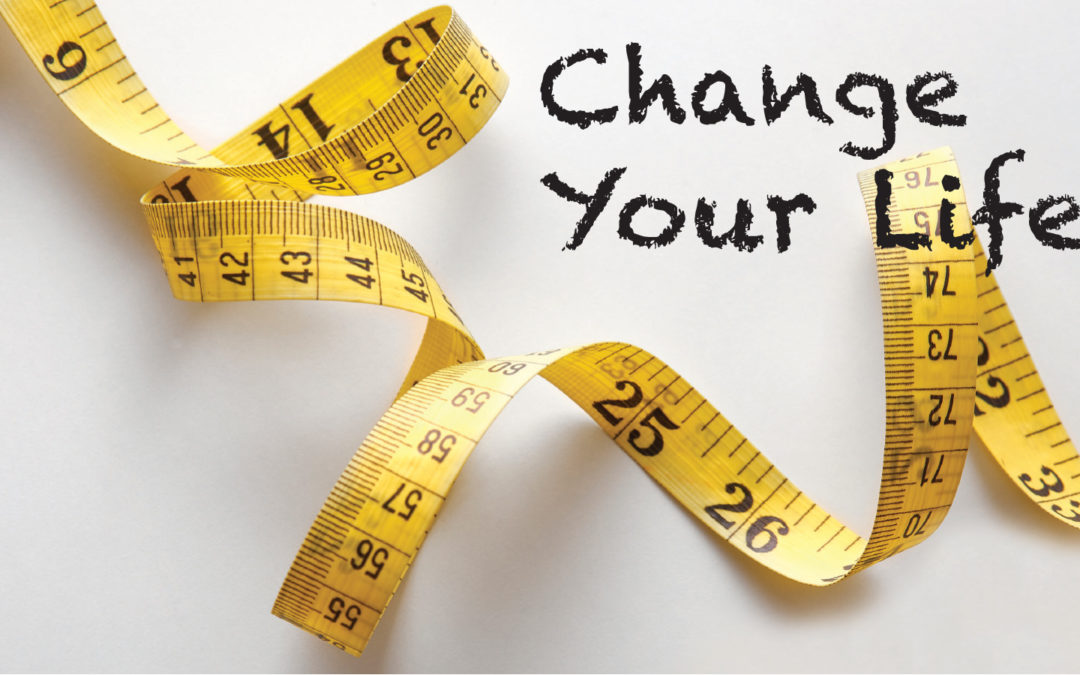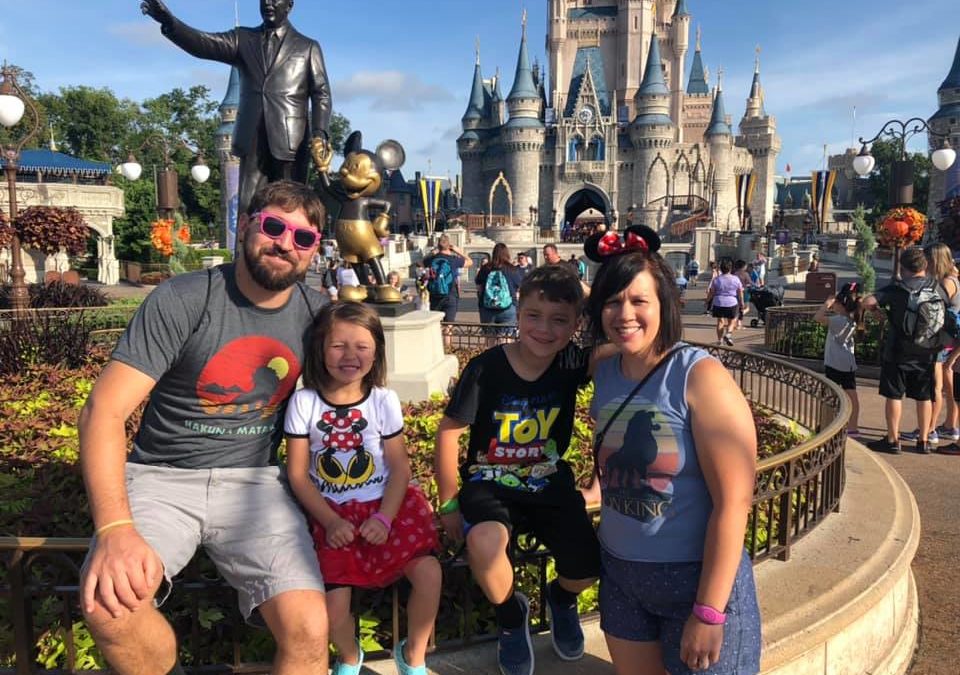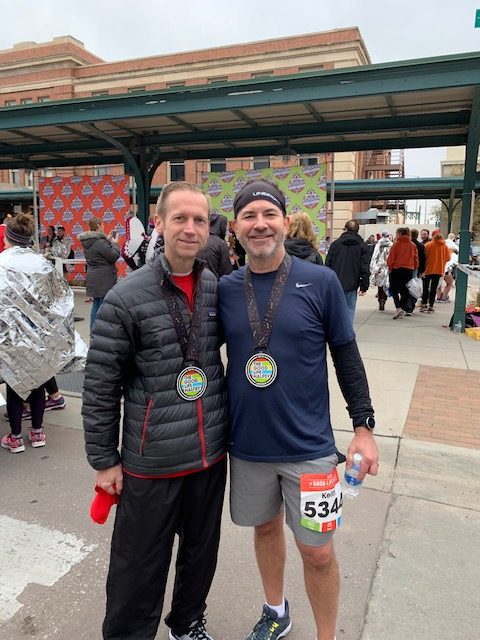
5 Ways to Keep Cool & Safe When Exercising Outside
It’s hot out there, but summer weather shouldn’t stop you from exercising, gardening or enjoying other activities outside – in fact, getting out in nature helps with stress levels! But it’s important to be prepared and proactive to avoid heat-related problems.
The more physically fit you are, the better you’ll be able to adapt. If you have medical conditions, please check with your health care provider before you begin exercising in the heat. Then, use these guidelines to help ensure that when you do go out, you’re being smart and safe.
Hot Weather Guidelines
Take It Easy at First
If you’re used to working out at the gym or are not used to hot temps, decrease your usual intensity, frequency and/or duration to allow yourself to acclimate. Monitor your heart rate and your feeling of exertion. For example, if you normally walk for 60 minutes, start with 30 minutes, at a slower pace than you’re used to. It can take up to two weeks of repeated activity in the heat to acclimate.
I know, it’s hard! I have known many athletes over the years and even those who are quite fit are surprised at what heat will do to a workout! Be aware of the “feels like” temperature as opposed to the actual temperature; humidity levels also make a difference.
Drink Plenty of Fluids, Preferably Water
At a minimum, drink 12 ounces before exercise, 12 ounces every 30 minutes during exercise, and 12-16 ounces after exercise. Drink more if you feel that you have lost a lot of fluid due to sweating during your exercise. It’s also helpful to monitor your urine output. If it’s dark yellow and/or low in volume you need to rehydrate.
But Don’t Drink Too Much!
Drinking too much water, called over-hydration, can lead to low blood sodium. To stay hydrated but not overly so, here is a general rule: Drink before, during and after exercise and other physical activities. At other times of the day, drink when thirsty.
Wear Loose, Light Clothing in Fabrics That Evaporate and Wick Sweat Away
Try clothes such as DryMax, CoolMax and others. Avoid dark colors, because they absorb heat (darker colors also attract mosquitoes). Wear a light-colored hat to help limit direct sun exposure.
Use Sunscreen, and Try To Reapply at Two-Hour Intervals Even if the Labels Have Sweatproof and Waterproof Claims
Sunburn increases the risk of premature skin aging and skin cancer. Another good way to decrease sun exposure is to a wear wide-brimmed hat, avoid the midday sun and heat (10 a.m.-2 p.m.), rise early, or make sure your route/trail for exercise is shaded. Or, consider a swim!
What If You Start to Feel Sick?
Pay attention to the heat. Listen to your body. If you start to feel faint and/or sick, stop immediately. Sit down in the shade and drink water. If possible, it’s also a good idea to have a healthy, hydrating snack, such as fruit. Energy bars or crackers are not ideal as they slow hydration.
Here are some of the most common heat-related illnesses and how to handle them:
Cramps
If you get heat cramps, usually occurring in your legs, stop the activity, move to a cool spot, place a chilled cloth around your neck, and sip water or a sports drink – water is usually better. Since sweat helps your body cool itself, if possible sit in a breeze or in front of a fan.
Heat Exhaustion
Signs include heavy sweating, weakness, dizziness, nausea, a fast and weak pulse and possibly fainting. Seek medical help if symptoms are extreme or if they last longer than an hour.
Heat Stroke
This is the most serious, potentially fatal, heat-related condition. Symptoms include high body temperature (104 F or higher), absence of sweating with hot, flushed or red/dry skin, rapid pulse, difficulty breathing, hallucinations, confusion, agitation, seizure, coma, and if untreated, death.
Sometimes these things come on quickly with little warning. If you suspect that you or others are suffering heat stroke, call 911 immediately. If possible, move to a shady area, drink and spray cool water on the person, avoid alcohol or caffeine (in tea and soft drinks), apply ice packs under the armpits and groin, and fan until help arrives.
Any Amount of Exercise You Get Has Health Benefits
Having said all of this, always remember that even a 20-minute workout has positive health benefits! Don’t sweat it (no pun intended!) when the weather is not giving you your best day out. It’s the number of days you exercise that matters most, not the length of time of any given exercise session.

Cindy Kugler, MS, Bryan LifePointe
Cindy is a certified exercise physiologist and certified strength and conditioning coach.




